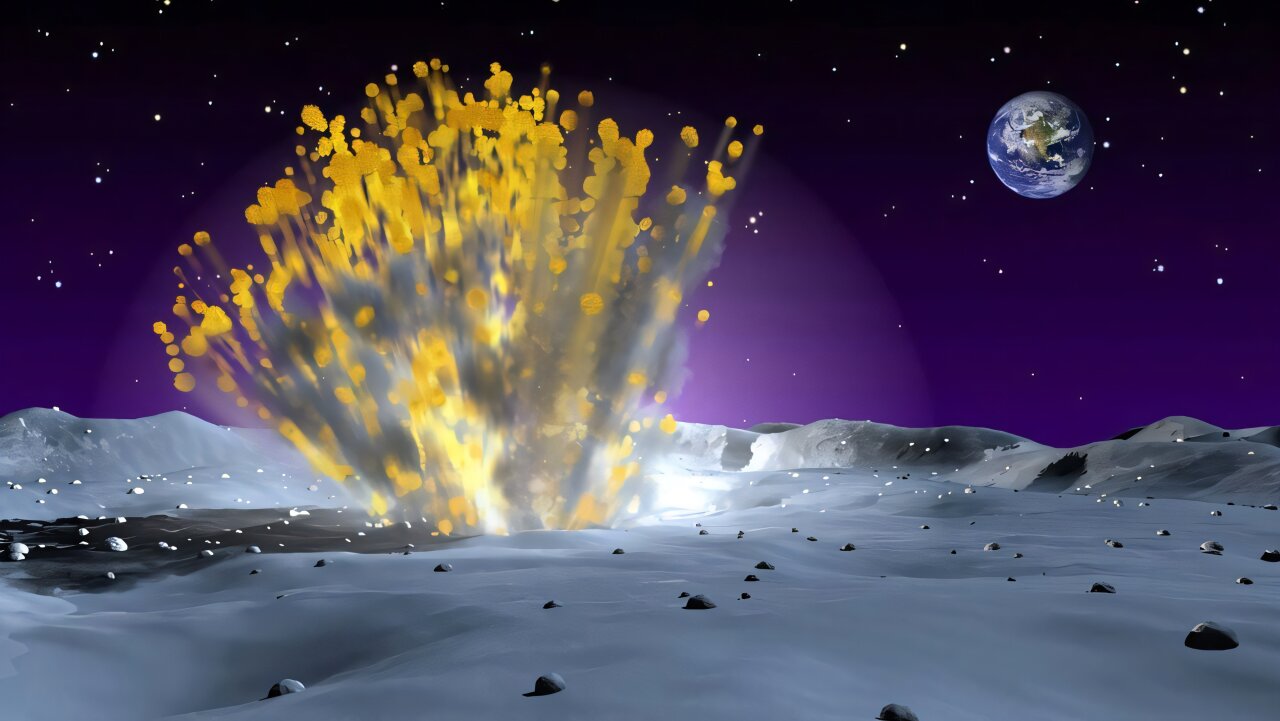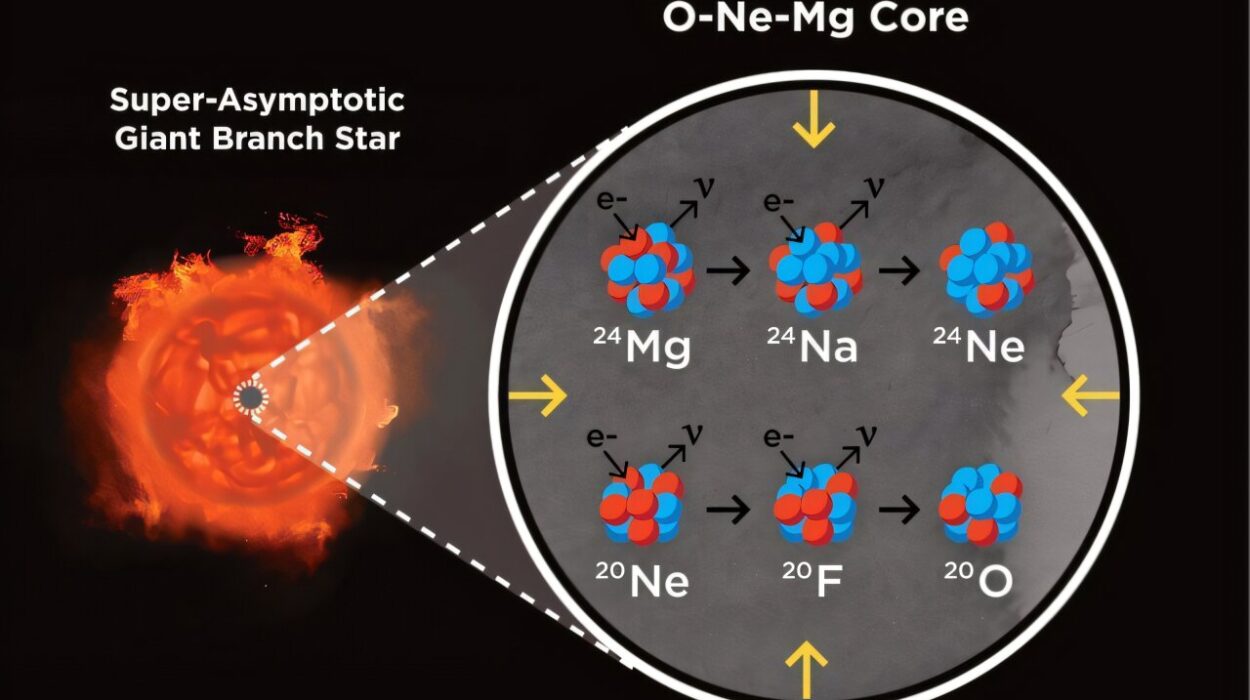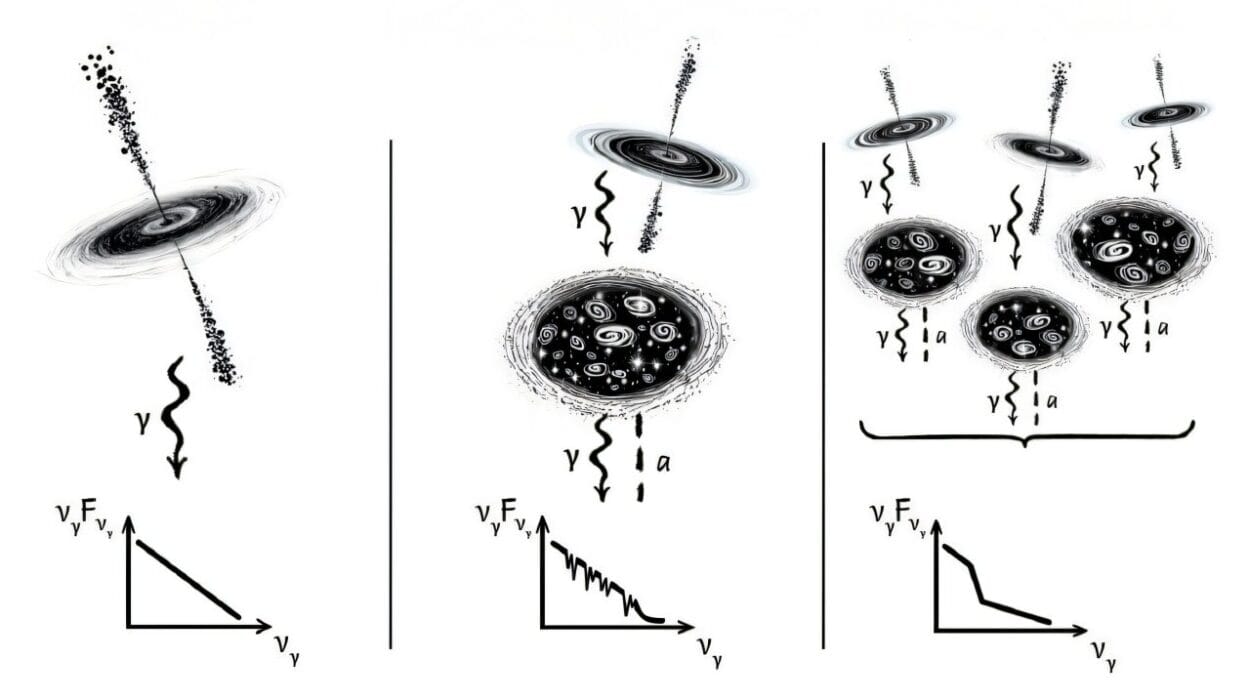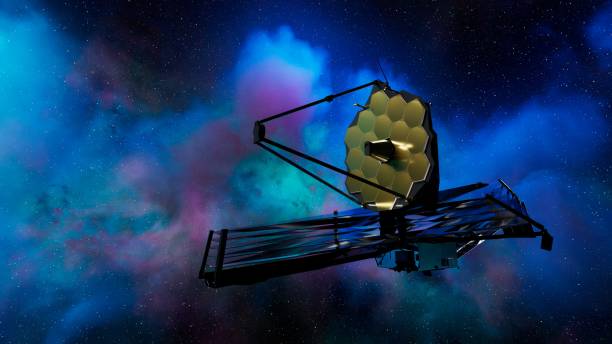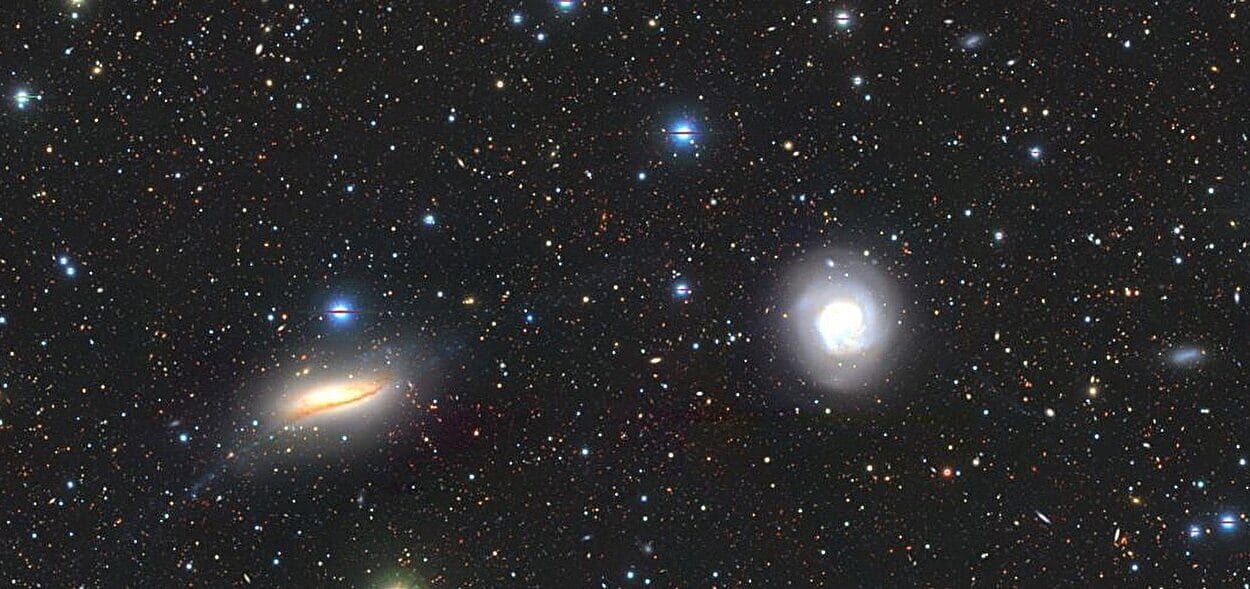In the quiet lull after the Christmas holidays, a small blip appeared in the sky. On December 27, 2024, astronomers spotted a newly discovered asteroid—designated 2024 YR4—cutting a silent path through the darkness. At just over 50 meters wide, it wasn’t particularly big by cosmic standards, but it immediately caught the attention of scientists. While Earth was in no danger, a new concern emerged: the moon.
Now, a team of researchers from the University of Western Ontario warns that this modest asteroid has a 4% chance of striking the moon in 2032. If it does, the consequences will stretch far beyond a new lunar crater. The collision could throw up a hundred million tons of debris into space—some of which could threaten the safety of satellites, lunar missions, and even spark a meteor shower unlike anything seen in modern times.
This is not science fiction. This is cutting-edge celestial mechanics and impact physics—backed by new data, published on the arXiv preprint server under the title “The Potential Danger to Satellites due to Ejecta from a 2032 Lunar Impact by Asteroid 2024 YR4.”
The lead author, Paul Wiegert, a planetary scientist at Western University, alongside his team, has crafted a sobering yet mesmerizing glimpse into a future moment that might—or might not—change the space around Earth.
Echoes of Tunguska
Asteroid 2024 YR4 is an unassuming traveler, estimated to be between 53 and 67 meters (174 to 220 feet) wide—roughly the size of the asteroid that exploded over Siberia in 1908, flattening more than 2,000 square kilometers of forest in the Tunguska Event. That impact never reached the ground, yet still delivered devastation.
Should 2024 YR4 collide with the moon instead of harmlessly passing by, it would not go unnoticed.
The researchers estimate the impact would be equivalent to a 6.5-kiloton explosion—comparable to a small nuclear blast. It would carve out a one-kilometer-wide crater on the lunar surface and hurl vast amounts of debris into the vacuum of space. And this time, unlike Tunguska, the evidence would be visible from Earth—possibly even spectacularly so.
The Debris Cloud: Threat or Light Show?
The concern isn’t just the crater. It’s what comes next.
If YR4 hits in the right spot—specifically on the moon’s leading side in its southern hemisphere—the explosion could send a fraction of that hundred million tons of lunar ejecta on a collision course with Earth’s orbital neighborhood. Up to 10% of the debris could make it to near-Earth space within days.
That’s millions of tons of sharp, fast-moving fragments ranging from dust-sized grains to dangerous millimeter-scale pellets. It might sound small, but in space, speed is everything. A single particle the size of a grain of sand, traveling at several kilometers per second, can punch holes in satellite shielding or damage solar panels.
Most concerning is the impact on low Earth orbit (LEO)—the crowded shell where nearly 90% of our satellites live and operate. The researchers estimate that the debris could expose satellites to ten years’ worth of meteoroid strikes compressed into just a few days.
“The instantaneous flux could reach 10 to 1,000 times the background sporadic meteor flux,” Wiegert and his team write. “This could accelerate satellite aging and increase the number of small-scale malfunctions or degradations.”
With satellite constellations like Starlink rapidly expanding, LEO’s total cross-sectional area—the amount of physical space covered by satellites—is growing fast. By 2032, there could be hundreds or even thousands of impacts across the satellite fleet from ejecta just millimeters wide. Most hits wouldn’t be catastrophic, but they would add wear and tear, increasing maintenance needs and the risk of failure.
The Moon Strikes Back
This collision, if it happens, wouldn’t just affect our space technology—it could also alter our vision of the moon itself.
Besides carving a fresh scar on the lunar surface, the impact could pose serious risks to future lunar infrastructure. NASA’s upcoming Artemis missions aim to return astronauts to the moon by the late 2020s, and plans for a permanent lunar presence—including a base near the South Pole—are already underway. Then there’s the Lunar Gateway, a space station in orbit around the moon, set to serve as a hub for deeper space exploration.
All of that hardware—and the humans who may soon depend on it—would be vulnerable to the same barrage of lunar debris.
“The ejection of material from the moon could be a serious hazard to moon-orbiting spacecraft… but would likely pose even greater dangers to any lunar surface operations,” the study explains. If astronauts are present during the blast, they could be exposed to a hail of hypervelocity particles raining down—micrometeorites that could shred habitats or suits.
What Determines the Danger?
One of the fascinating complexities of this celestial chain reaction is how everything depends on where 2024 YR4 hits.
If the asteroid strikes the moon’s trailing edge, much of the debris will fly away from Earth. But if it hits the leading edge—the part of the moon that faces forward in its orbit—the results could be dramatically different.
The moon travels around Earth at about 1 kilometer per second. For debris to reach us, the impact must counteract that motion, allowing material to “fall back” toward Earth’s gravity well.
Wiegert and his team simulated 10,000 different trajectories based on the asteroid’s known path. In 410 cases, the asteroid struck the moon. They then looked more closely at four realistic scenarios and found that in several of them, about 10% of the ejecta would make it into Earth’s orbital space quickly—within days to weeks.
In such a scenario, Earth’s skies might not just be filled with data threats—they might light up.
A portion of the debris entering the upper atmosphere would produce an intense meteor shower. It could be breathtaking, visible from wide swaths of the planet, and unlike anything seen in recent human memory. Celestial fireworks, born from lunar dust.
A Chance to Prepare
Before anyone panics—or rushes to plan a skywatching party—it’s worth emphasizing that this is a possibility, not a certainty.
The odds of impact currently stand at just 4%, according to calculations based on the current data. That’s not nothing, but it’s far from a guarantee. In 2028, four years before the potential impact, 2024 YR4 will pass close to Earth again. That flyby will give astronomers a valuable opportunity to refine its trajectory and determine whether a lunar impact is still on the table.
Until then, the team acknowledges that many of their estimates come with uncertainties. Impact modeling is incredibly complex. They assessed five critical factors: the size of the crater, the amount of material ejected, the distribution of ejecta sizes, the possible lunar impact sites, and how efficiently the debris could reach near-Earth space.
Despite the unknowns, the researchers argue that the risk is real enough—and the stakes high enough—to warrant attention.
“This will all occur during the few days of maximum ejecta delivery from a 2024 YR4 impact,” they write. A brief but intense pulse of celestial danger.
A Window Into Cosmic Consequences
While the image of an asteroid slamming into the moon might evoke disaster movie clichés, this scenario is a scientific marvel in its own right. It’s a rare opportunity to observe how even small space rocks can unleash wide-ranging consequences—not just on their target, but across the Earth-moon system.
For decades, astronomers have modeled potential Earth impacts, refining our planetary defense systems. But a lunar impact of this magnitude opens a new chapter—raising questions about how prepared we are not just to protect our planet, but to safeguard the complex, interconnected web of space infrastructure we now rely on.
And if the odds play out and 2024 YR4 does hit the moon in 2032, the resulting flash might be visible even to backyard telescopes. A distant flare marking the collision of two worlds—and a silent reminder that even the moon, ever present in our skies, is not immune to the drama of the cosmos.
Reference: Paul Wiegert et al, The Potential Danger to Satellites due to Ejecta from a 2032 Lunar Impact by Asteroid 2024 YR4, arXiv (2025). DOI: 10.48550/arxiv.2506.11217
